Have you ever had one of those moments where you walk into a room full of people and suddenly become the life of the party, chatting away, cracking jokes, and feeling like you could talk for hours? But then, on another day, you find yourself avoiding calls, craving quiet time, and feeling absolutely drained by the idea of socializing? If you nodded while reading this, chances are you have wondered at least once whether you are an introvert, extrovert, or something in between.
That “something in between” is often where people confuse two terms: ambivert and omnivert. Both describe personalities that do not fully fit the extremes of introversion or extroversion. But while the two sound similar, they are not quite the same. Understanding the difference can help you learn more about yourself, your social energy, and how you interact with the world.
In this blog, we will explore what ambiverts and omniverts really are, how they behave in different situations, and how you can figure out which category you fall into, and introverted feeling vs extroverted feeling.
The Classic Spectrum: Introvert vs Extrovert
Before diving into ambiverts and omniverts, let’s quickly revisit the basics.
-
Introverts feel energized by alone time. They usually prefer deep one-on-one conversations over large group settings. Too much socializing can leave them drained.
-
Extroverts thrive on interaction. They gain energy from being around people, love group activities, and often feel restless when left alone for too long.
For decades, personality psychology treated introversion and extroversion as two ends of a spectrum. But as time went on, researchers and everyday people realized that not everyone fits neatly at either end. Some people live comfortably in the middle, and others swing between the two extremes depending on the situation. That is where ambiverts and omniverts come in.
Who is an Ambivert?
Think of ambiverts as the balanced personalities. They sit right in the middle of the spectrum, borrowing traits from both introverts and extroverts.
An ambivert might enjoy a night out with friends, laughing and socializing, but also happily spend the next evening curled up at home with a book. They do not strongly lean toward one side. Instead, they adjust according to the situation and the people around them.
For example:
-
At work, an ambivert may contribute actively in team meetings but also enjoy independent projects.
-
In social life, they may love a weekend trip with friends but also guard their Sunday afternoon for personal downtime.
Who is an Omnivert?
Omniverts, on the other hand, are not balanced. They tend to swing between extremes. At times, they may come across as highly extroverted outgoing, energetic, and social. At other times, they may withdraw completely, appearing more like introverts who need a lot of personal space.
Imagine a person who hosts a lively party one weekend, staying up late and chatting with everyone. Then the very next week, the same person may avoid social plans altogether, preferring silence, solitude, and minimal interaction. This shift can feel more dramatic than what ambiverts experience.
Omniverts are not simply “in the middle” like ambiverts. Instead, they live at both ends of the spectrum, depending on their mood, environment, or even mental energy levels.
Also read - introvert vs extrovert vs ambivert vs omnivert
Key Differences Between Ambivert and Omnivert
Here is how the two differ in practical terms:
1. Consistency vs Fluctuation
-
Ambiverts are relatively consistent. They balance social and personal time in a stable way.
-
Omniverts fluctuate between extremes. Some days they are completely extroverted, while on other days they shut down socially.
2. Energy Management
-
Ambiverts need both social and alone time, but in moderate amounts.
-
Omniverts may need long periods of one extreme to recover from the other.
3. Social Identity
-
Ambiverts are adaptable but predictable.
-
Omniverts can surprise others with sudden shifts in their personality, which may confuse friends or colleagues.
4. Workplace Behavior
-
Ambiverts can perform well in diverse roles since they adjust naturally.
-
Omniverts may excel in bursts of collaboration but later require deep solitude to recharge fully.
Real-Life Scenarios
Let’s make this more relatable with examples.
At a family gathering
-
An ambivert will chat with relatives, engage in conversations, and then excuse themselves when they feel the need to recharge.
-
An omnivert may be the loudest person at one gathering and barely speak a word at another.
In friendships
-
Ambiverts maintain steady friendships, balancing group hangouts and one-on-one catch-ups.
-
Omniverts may appear very close and outgoing sometimes, then distant at other times, depending on their current mode.
At work
-
Ambiverts are the ones who can switch between team projects and solo tasks with ease.
-
Omniverts may shine during brainstorming sessions but later disappear into deep focus, avoiding interaction until they feel ready.
Which One Are You?
You might be wondering right now where you fall. A simple way to reflect is to think about your social patterns.
-
Do you usually balance social life and alone time without dramatic shifts? You might be an ambivert.
-
Do you swing between being the center of attention and completely avoiding interaction? You might be an omnivert.
Remember, these are not fixed boxes. Personalities can evolve over time and can even be influenced by stress, energy levels, and life changes.
Why It Matters
Understanding whether you are more of an ambivert or an omnivert is not just about labeling yourself. It can actually improve your self-awareness and relationships.
-
Self-care: Knowing your patterns helps you plan downtime and social time better.
-
Communication: You can explain your needs to friends and family without guilt.
-
Career growth: Ambiverts often make excellent salespeople and leaders because of their balanced communication style. Omniverts can bring bursts of creativity and energy to teams but need the right environment to recharge.
-
Relationships: Recognizing your tendencies helps you manage expectations with partners and friends.
Finding Your Balance with NeuroVizr
 Whether you identify as an ambivert, an omnivert, or somewhere else entirely, one thing is clear: managing your mental energy is the key to thriving in today’s fast-paced world. Social shifts, work demands, and personal downtime can all take a toll on your focus and mood.
Whether you identify as an ambivert, an omnivert, or somewhere else entirely, one thing is clear: managing your mental energy is the key to thriving in today’s fast-paced world. Social shifts, work demands, and personal downtime can all take a toll on your focus and mood.
That’s where neuroVIZR comes in.
neuroVizr isn’t just another wellness gadget it’s a breakthrough in neurotechnology designed to support your brain’s natural rhythms. By using light and sound stimulation, it helps you:
-
Recharge after social exhaustion if you’ve been “on” for too long.
-
Sharpen focus when you need to dive deep into solo work.
-
Find calm and clarity during moments of overwhelm.
In short, it’s like giving your brain the reset button it deserves.
Final Thoughts
At the end of the day, whether you are an ambivert or an omnivert, what matters most is how well you understand yourself. Labels can be useful, but they are not rules. If you learn to recognize when you need company and when you need space, you will be able to build healthier relationships and manage your energy better.
FAQs
Who is an omnivert person?
An omnivert is someone who can act introverted in certain situations and extroverted in others, depending on their mood, surroundings, or the people they’re with.
How rare is omnivert?
Omniverts aren’t extremely rare, but the label itself isn’t widely used. Many people actually show omnivert traits without calling themselves one.
How do you say omnivert?
It’s pronounced “om-nee-vert” similar to “omniscient” at the start, followed by “vert” like in “convert.”
Are ambivert and omnivert the same?
Not exactly. An ambivert naturally balances introversion and extroversion, sitting in the middle. An omnivert swings more extremely acting fully introverted in some settings and fully extroverted in others.










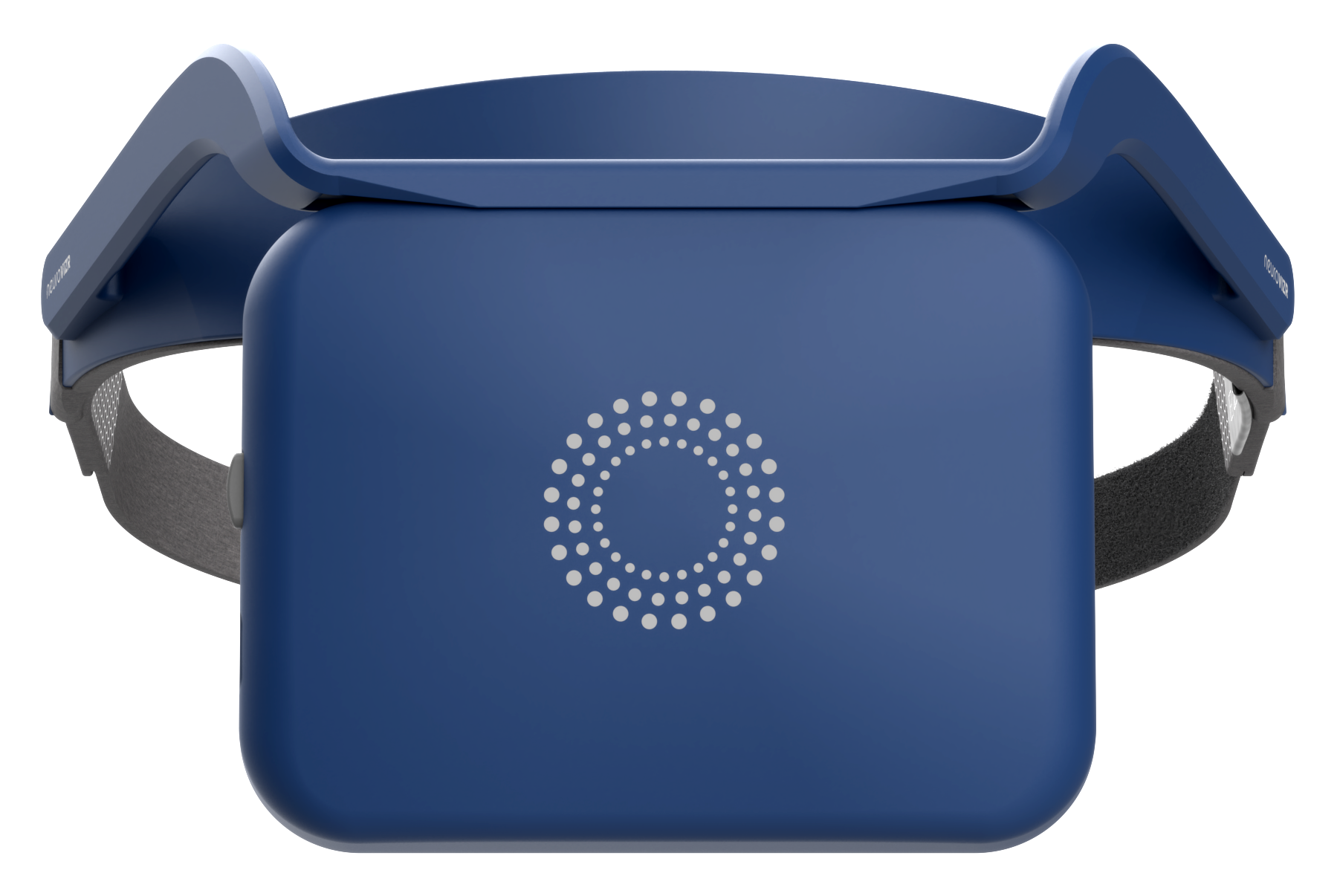


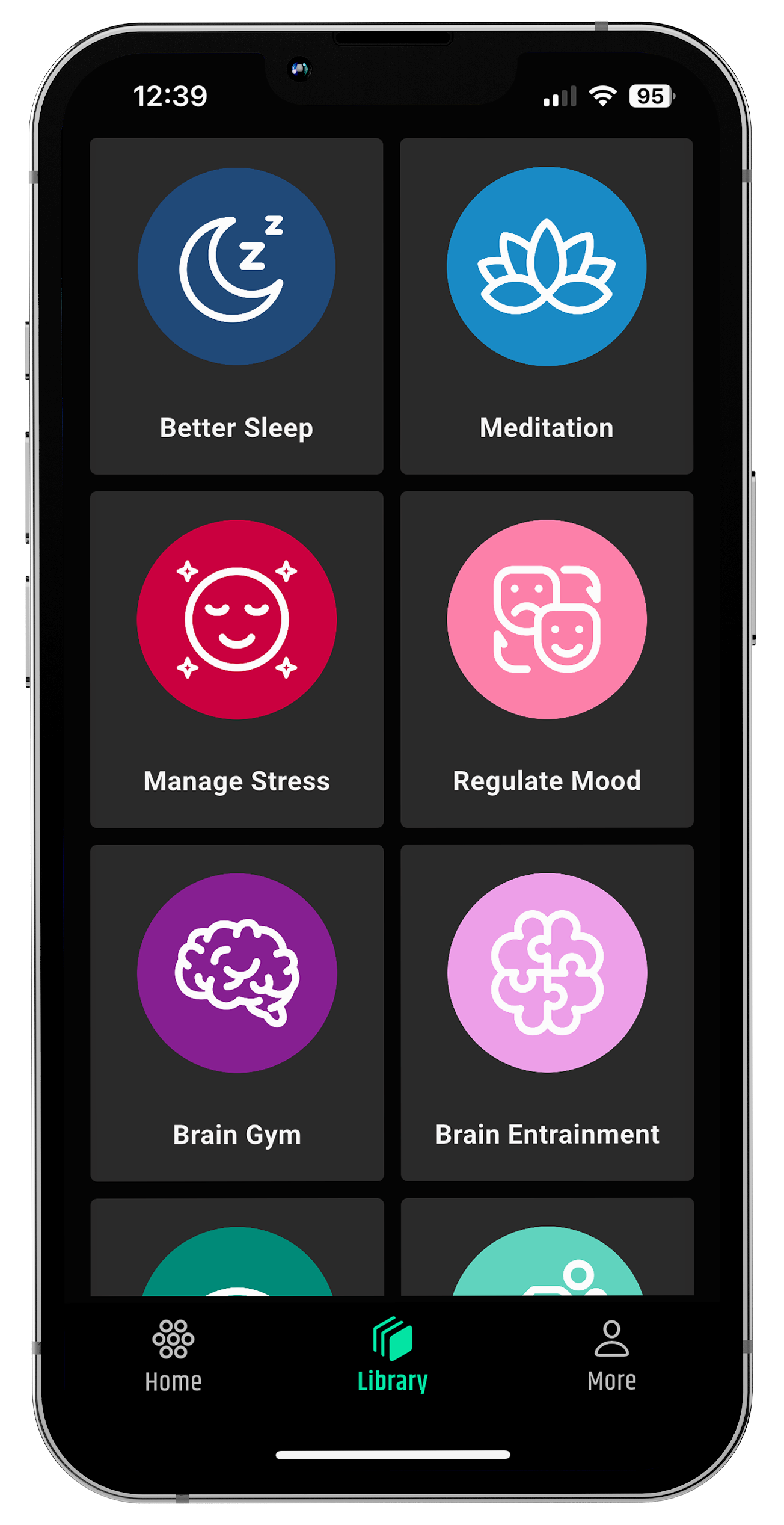

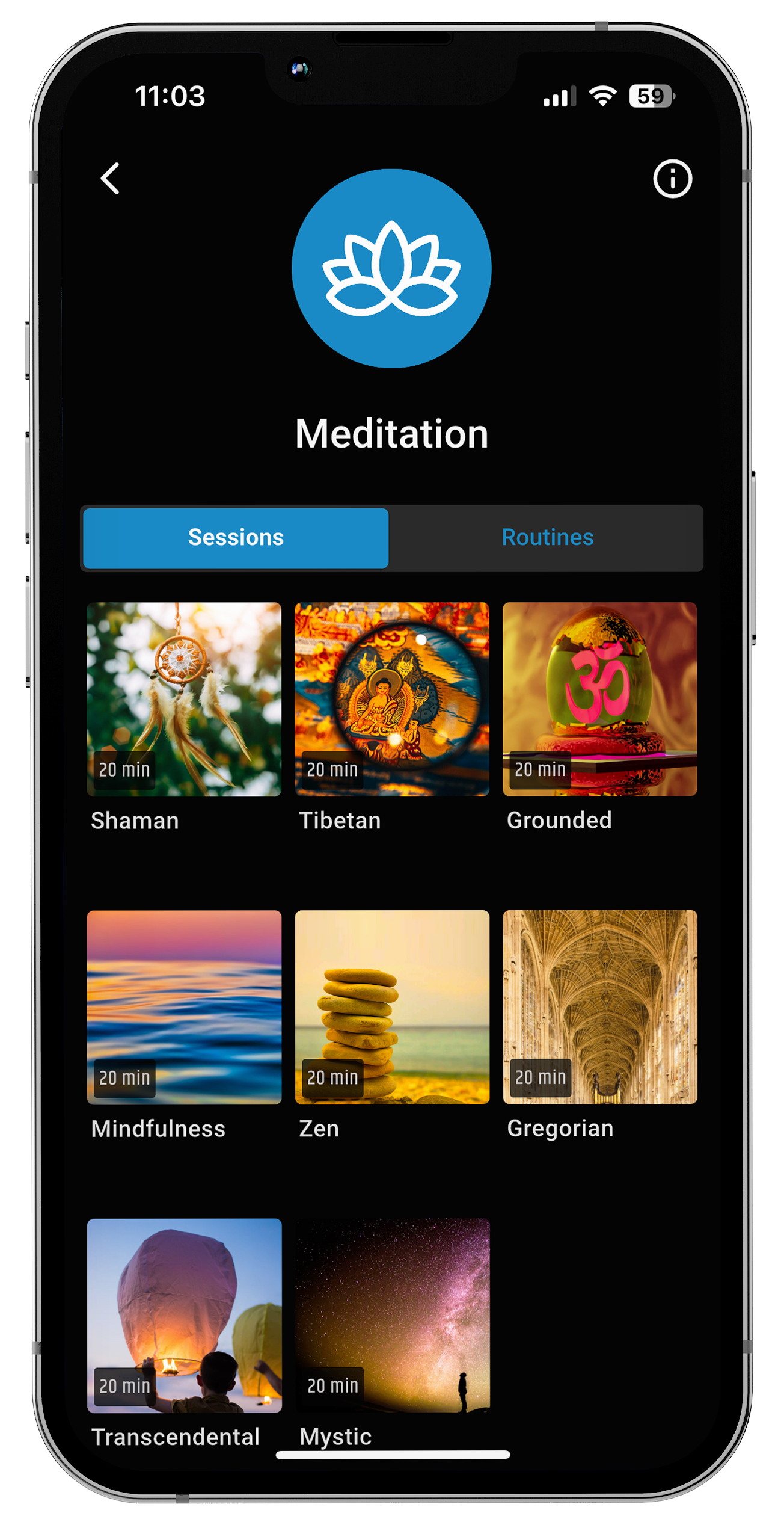
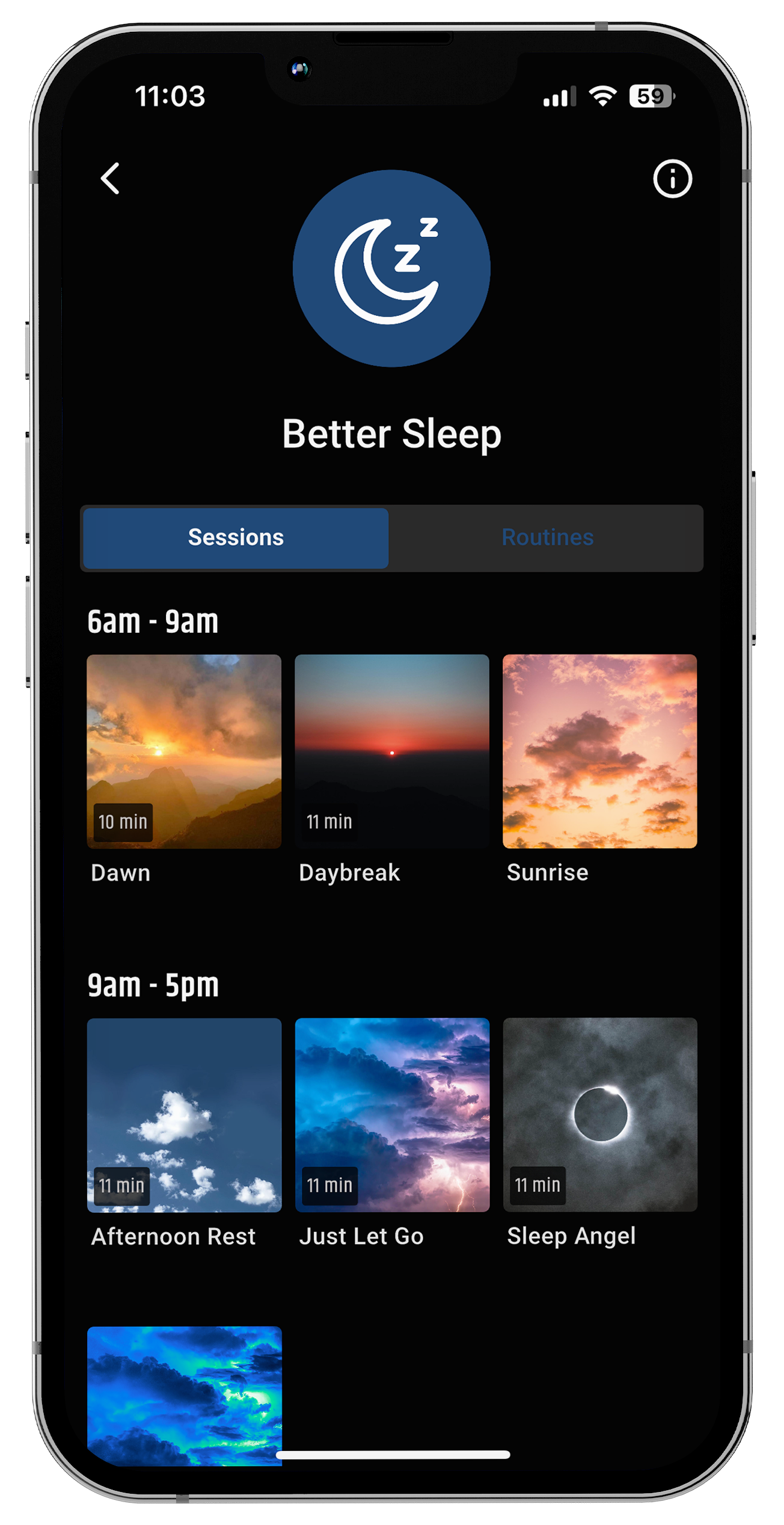

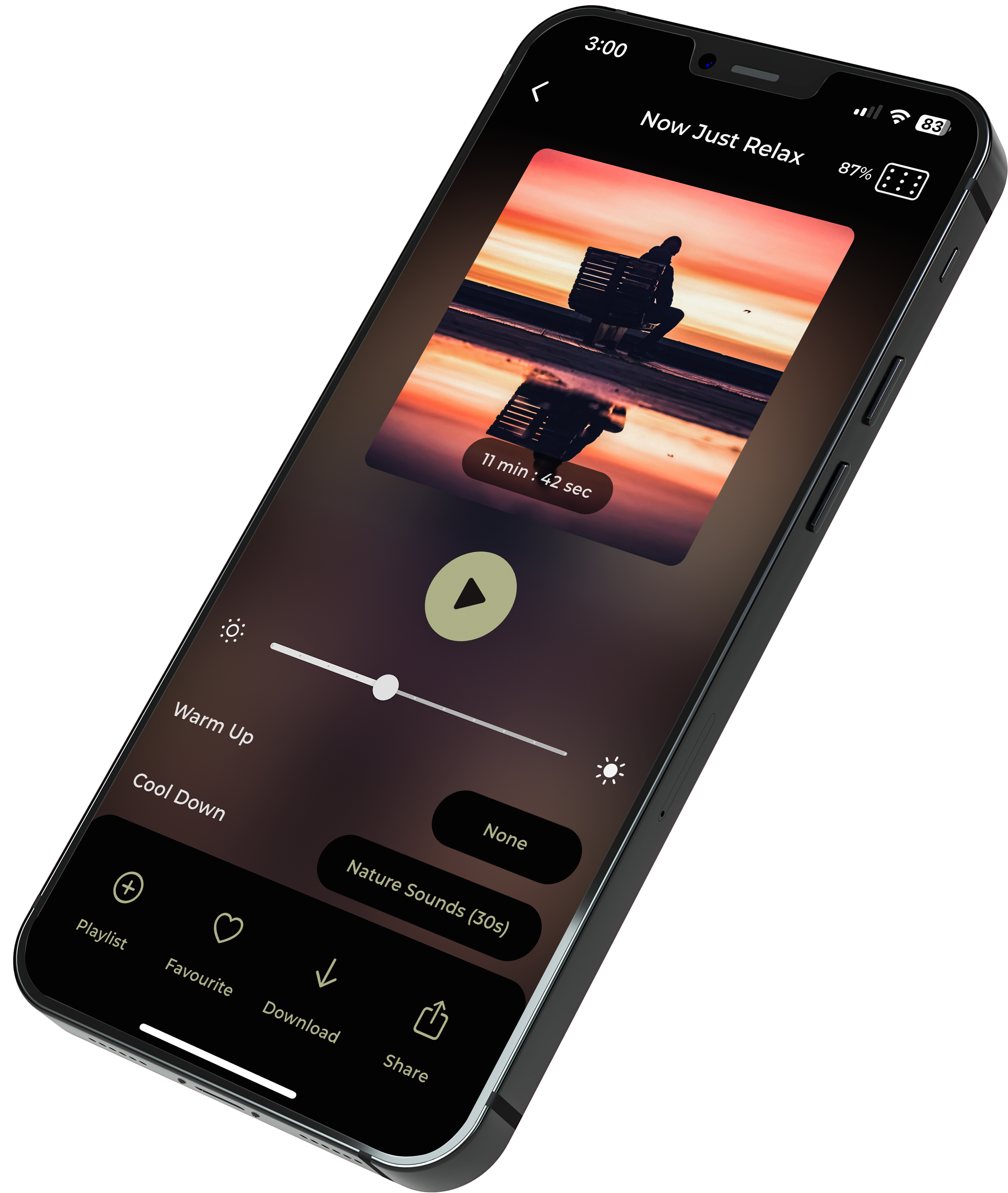








Share:
Introvert vs Extrovert vs Ambivert vs Omnivert: What’s the Real Difference?
MBTI Introvert vs Extrovert: Beyond Social Habits